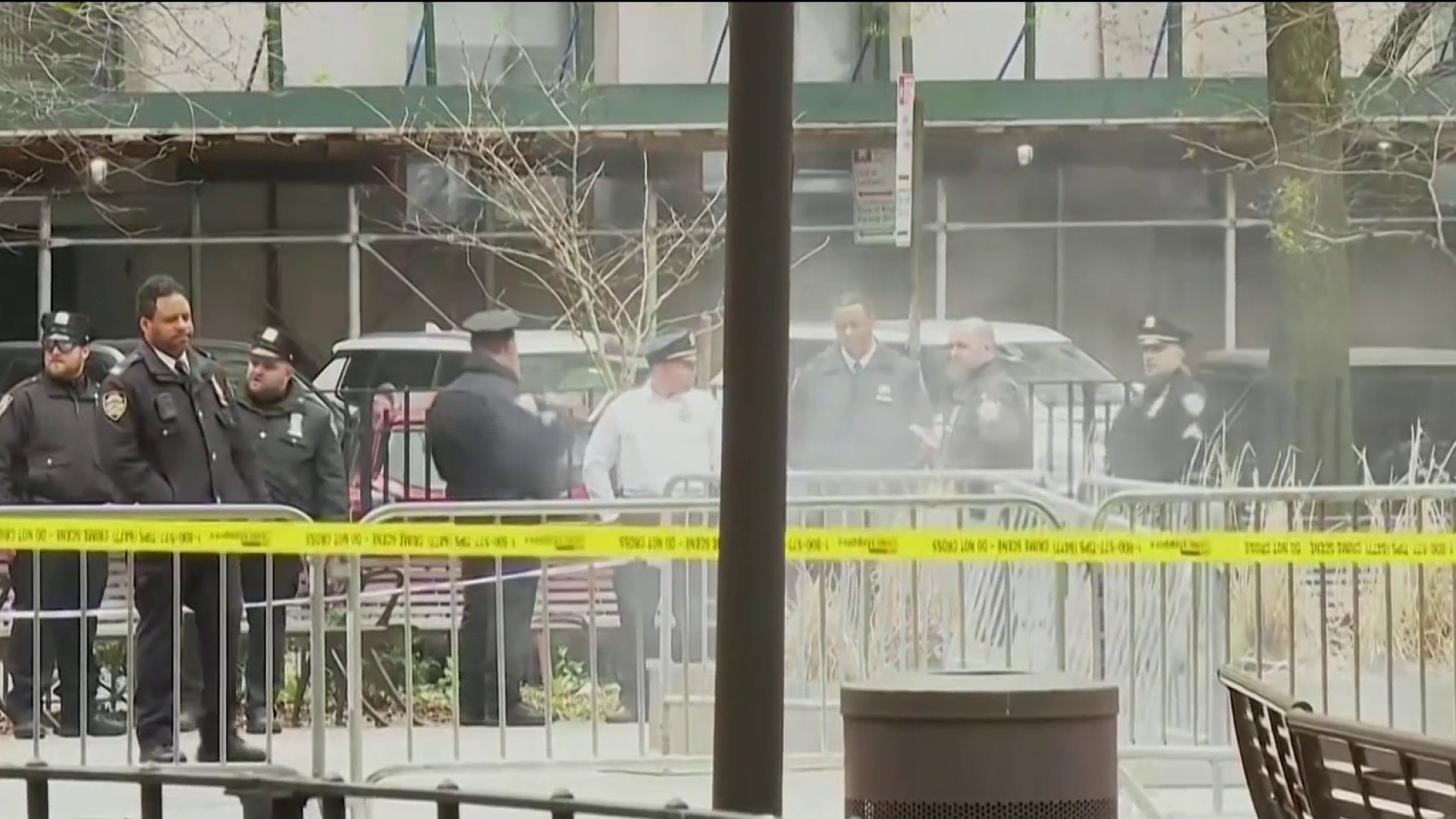HOUSTON, Texas, October 2, 2008 (ENS) - The Texas Medical Center in Houston came within inches of being flooded during and after Hurricane Ike, but a long-term collaboration with Rice University calmed fears of the kind of deluge that caused extensive damage during Tropical Storm Allison in 2001. An accurate prediction of flood levels at the medical campus allowed a war veteran to have a life-saving operation amidst Ike's torrential rain and howling winds.
Rice researchers precisely predicted the peak surge of Houston's Brays Bayou during and immediately after Ike, despite power outages that shut down the university's computing center at a critical time.
"The Texas Medical Center was very happy about how well the system worked and the fact that we were able to pull this off via a long-distance connection," said Phil Bedient, a professor of engineering at Rice and an expert on flood warning and storm surges. "They were very concerned, because if the medical center had gone under, it would have been a mess."
Bedient, who with the Texas Medical Center has set up a real-time flood alert system in the years since Allison, saw that effort pay off during the storm. "We absolutely nailed it," he said.
Having lost power at his own Houston home, Bedient spent a long night during Ike evaluating radar rainfall data coming by phone from the National Weather Service's radar through Vieux & Associates Inc. in Oklahoma and calling medical center officials with his predictions.
"Brays was two feet from going over its banks," he said. "The measured water flow in the bayou was 25,500 cubic feet per second. We had predicted 26,800, and we predicted it to occur at almost exactly the same time." The bayou, which runs just to the south of the medical center, floods at 29,000 cubic feet per second, he said.
"If we'd gotten another inch or two, the bayou would have gone over," said Bedient. "And that inch or two could have come hours later."
U.S. & World
As it happened, while Texas Gulf Coast residents were boarding up windows and buying batteries less than 12 hours ahead of Hurricane Ike, doctors at the Texas Medical Center were performing a liver transplant on a 59-year-old man.
"We could not deny a veteran the chance for a potential life-saving procedure because of a little wind and rain," said David Berger, M.D, a physician at the Michael E. DeBakey VA Medical Center, which is a part of the Texas Medical Center.
Thomas Franklin, who suffered from end-stage liver disease caused by hepatitis C, received his new liver in a seven-hour surgery on September 12 as wind howled and rain pelted the Texas Medical Center.
The next morning, with power outages across the city, flooded streets, downed trees and power lines, and rain bands and wind gusts still battering the city, John Goss, M.D., chief of abdominal transplantation at Baylor College of Medicine, which partners with the Veterans Administration in liver transplant efforts, made his way to the hospital to check on his patient.
"I check on all my patients after surgery," said Goss. "The situation was no different with Mr. Franklin."
"I won the lottery," said Franklin. "I'm alive today because of this hospital, because of these wonderful doctors, nurses, and everyone else involved in the transplant program, and most importantly, because of the gift of life that was given to me by an organ donor and their family."
Now, Bedient and his colleagues at the Severe Storm Prediction, Education and Evacuation from Disaster Center, or SSPEED, are working to extend the same predictive capabilities they used for the Texas Medical Center to all of Greater Houston.
SSPEED is an organization of Gulf Coast universities, emergency managers and public and private partners formed to address deficiencies in storm prediction, disaster planning and evacuations from New Orleans to Brownsville.
The goal, said Bedient, is to provide authorities with information from a new flood prediction tool while there is still time to save lives and property. If a road is likely to go under or a bridge may be washed over, officials will get the word quickly.
"We love meteorologists, but they always look up, and they don't look down," he said. "We're doing the evaluation down here on the ground, where the meteorology meets the road."
{Photo: Liver transplant patient Thomas Franklin recovers at the Michal E. DeBakey VA Medical Center surrounded by Surgical Intensive Care staff members.(Photo by Deborah Williams courtesy Texas Medical Center)}
Copyright Environment News Service (ENS) 2008. All rights reserved.




